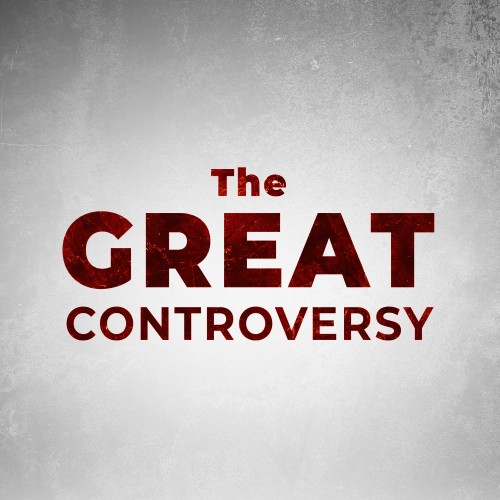Many who did not accept his views as to the exact time of the second advent were convinced of the certainty and nearness of Christ’s coming and their need of preparation. In some of the large cities his work produced a marked impression. Liquor dealers abandoned the traffic and turned their shops into meeting rooms; gambling dens were broken up; infidels, deists, Universalists, and even the most abandoned profligates were reformed, some of whom had not entered a house of worship for years. Prayer meetings were established by the various denominations, in different quarters, at almost every hour, businessmen assembling at midday for prayer and praise. There was no extravagant excitement, but an almost universal solemnity on the minds of the people. His work, like that of the early Reformers, tended rather to convince the understanding and arouse the conscience than merely to excite the emotions.
In 1833 Miller received a license to preach, from the Baptist Church, of which he was a member. A large number of the ministers of his denomination also approved his work, and it was with their formal sanction that he continued his labors. He traveled and preached unceasingly, though his personal labors were confined principally to the New England and Middle States. For several years his expenses were met wholly from his own private purse, and he never afterward received enough to meet the expense of travel to the places where he was invited. Thus his public labors, so far from being a pecuniary benefit, were a heavy tax upon his property, which gradually diminished during this period of his life. He was the father of a large family, but as they were all frugal and industrious, his farm sufficed for their maintenance as well as his own.
In 1833, two years after Miller began to present in public the evidences of Christ’s soon coming, the last of the signs appeared which were promised by the Saviour as tokens of His second advent. Said Jesus: “The stars shall fall from heaven.” Matthew 24:29. And John in the Revelation declared, as he beheld in vision the scenes that should herald the day of God: “The stars of heaven fell unto the earth, even as a fig tree casteth her untimely figs, when she is shaken of a mighty wind.” Revelation 6:13. This prophecy received a striking and impressive fulfillment in the great meteoric shower of November 13, 1833. That was the most extensive and wonderful display of falling stars which has ever been recorded; “the whole firmament, over all the United States, being then, for hours, in fiery commotion! No celestial phenomenon has ever occurred in this country, since its first settlement, which was viewed with such intense admiration by one class in the community, or with so much dread and alarm by another.” “Its sublimity and awful beauty still linger in many minds…. Never did rain fall much thicker than the meteors fell toward the earth; east, west, north, and south, it was the same. In a word, the whole heavens seemed in motion…. The display, as described in Professor Silliman’s Journal, was seen all over North America…. From two o’clock until broad daylight, the sky being perfectly serene and cloudless, an incessant play of dazzlingly brilliant luminosities was kept up in the whole heavens.”—R. M. Devens, American Progress; or, The Great Events of the Greatest Century, ch. 28, pars. 1-5.
“No language, indeed, can come up to the splendor of that magnificent display; … no one who did not witness it can form an adequate conception of its glory. It seemed as if the whole starry heavens had congregated at one point near the zenith, and were simultaneously shooting forth, with the velocity of lightning, to every part of the horizon; and yet they were not exhausted—thousands swiftly followed in the tracks of thousands, as if created for the occasion.”—F. Reed, in the Christian Advocate and Journal, Dec. 13, 1833. “A more correct picture of a fig tree casting its figs when blown by a mighty wind, it was not possible to behold.”—“The Old Countryman,” in Portland Evening Advertiser, November 26, 1833.
In the New York Journal of Commerce of November 14, 1833, appeared a long article regarding this wonderful phenomenon, containing this statement: “No philosopher or scholar has told or recorded an event, I suppose, like that of yesterday morning. A prophet eighteen hundred years ago foretold it exactly, if we will be at the trouble of understanding stars falling to mean falling stars, … in the only sense in which it is possible to be literally true.”
Thus was displayed the last of those signs of His coming, concerning which Jesus bade His disciples: “When ye shall see all these things, know that it is near, even at the doors.” Matthew 24:33. After these signs, John beheld, as the great event next impending, the heavens departing as a scroll, while the earth quaked, mountains and islands removed out of their places, and the wicked in terror sought to flee from the presence of the Son of man. Revelation 6:12-17.
Many who witnessed the falling of the stars, looked upon it as a herald of the coming judgment, “an awful type, a sure forerunner, a merciful sign, of that great and dreadful day.”—“The Old Countryman,” in Portland Evening Advertiser, November 26, 1833. Thus the attention of the people was directed to the fulfillment of prophecy, and many were led to give heed to the warning of the second advent. (continues)

